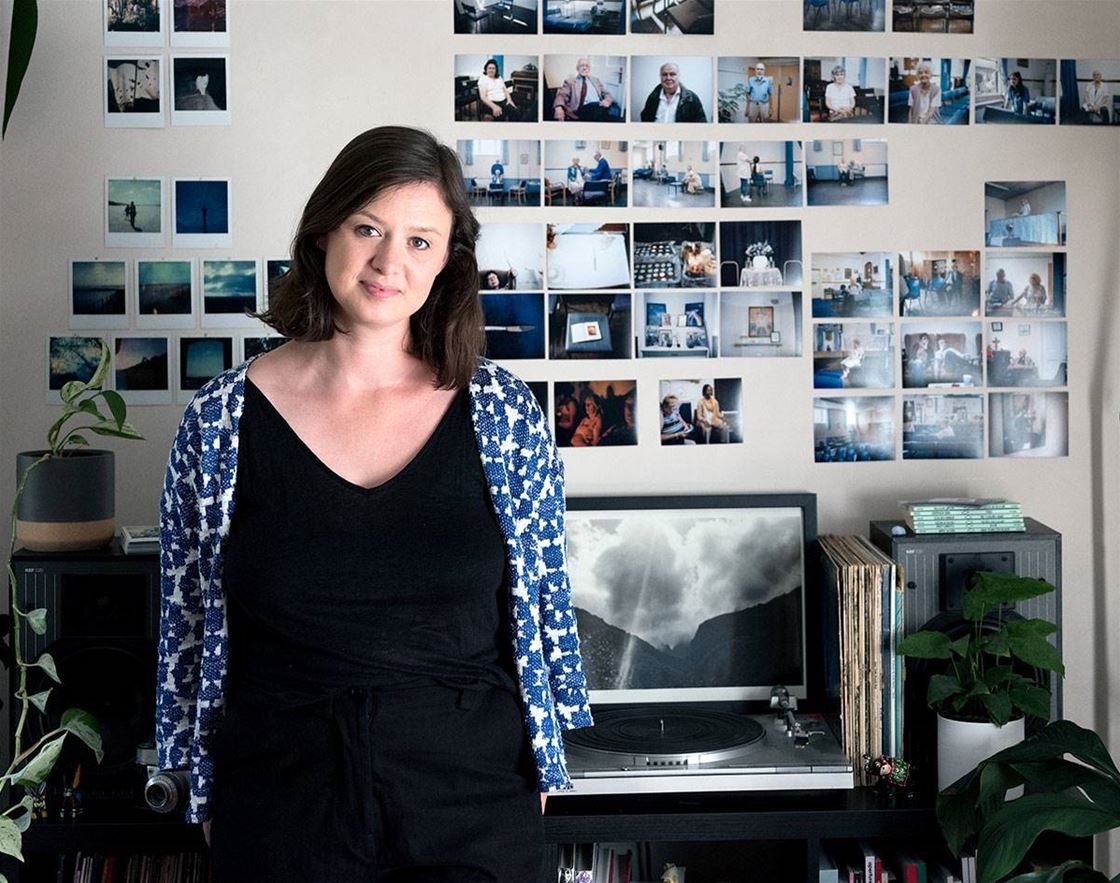stephanie rose wood uses photography to connect with people
“Being a photographer means you end up in the most weird and wonderful situations.”
 Photographer Stephanie Rose Wood loves telling stories through images. Whether she's documenting communities around her or shooting portraits for commercial clients, Steph makes it a priority to get to know her subject before she whips out her camera. She tells us about her practice, how she got started, and why she's always up for a chat.
Photographer Stephanie Rose Wood loves telling stories through images. Whether she's documenting communities around her or shooting portraits for commercial clients, Steph makes it a priority to get to know her subject before she whips out her camera. She tells us about her practice, how she got started, and why she's always up for a chat.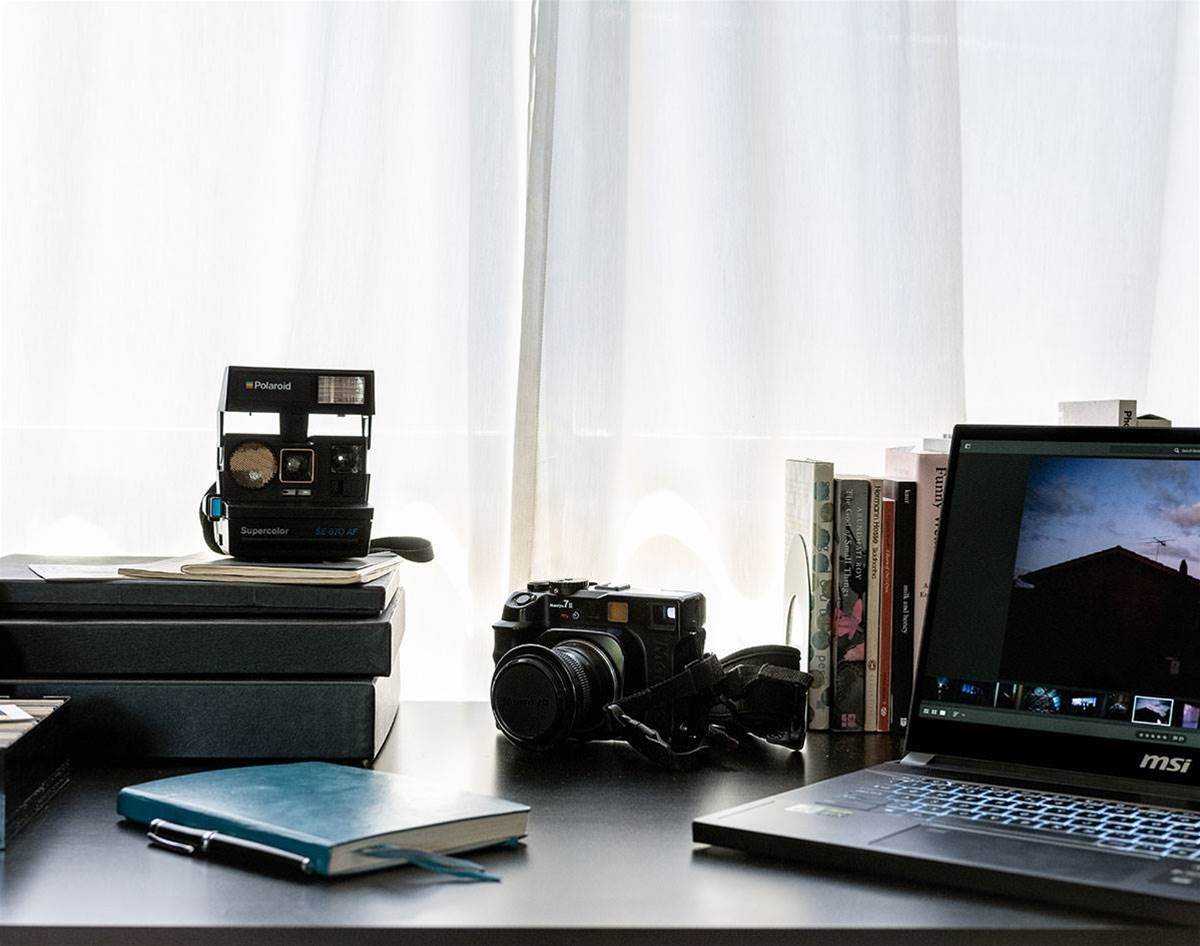
Hi Steph! Tell us a bit about yourself, please. I’m a photographer based in Melbourne, and split my time between long-form documentary projects and editorial for publications. I also teach photography. My creative practice is research-driven and explores themes of community, ritual and the psychology of belief.
What’s your workspace like on a regular day? My home workspace is pretty fluid at the moment as I haven’t been working from a studio this year. I have a desk that gets put up on the days my toddler is at childcare, and then packed away. It works quite well, as it means I can switch work mode on and off when I'm at home. On the days that my workspace is up and running, it’s usually piled with books, prints or negatives. 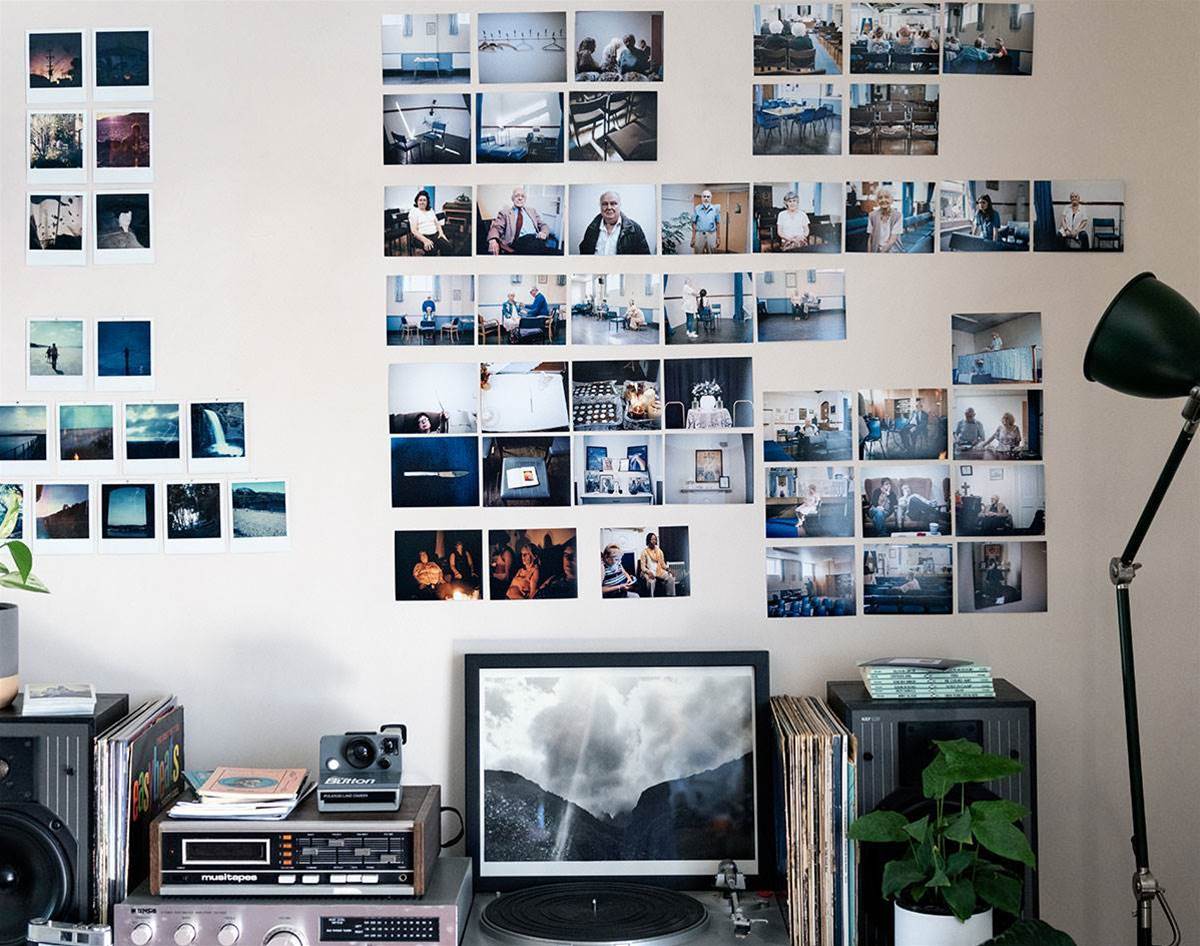
How did you start your photography journey? I’ve always been artistically inclined. My parents ran a printing business, and there were always creative types turning up at the door with big, fancy drawings. I used to be there a lot as a kid, and would just hang out, spin around on office chairs and draw on mountains of paper.
I’m originally from the UK, so studied photography in Cornwall, then eventually moved to London, where I did a masters in documentary photography and photojournalism. That was a big turning point for me. I’d been working as a photographer and artist in some form or another, but this was when I pushed myself and really found my direction. 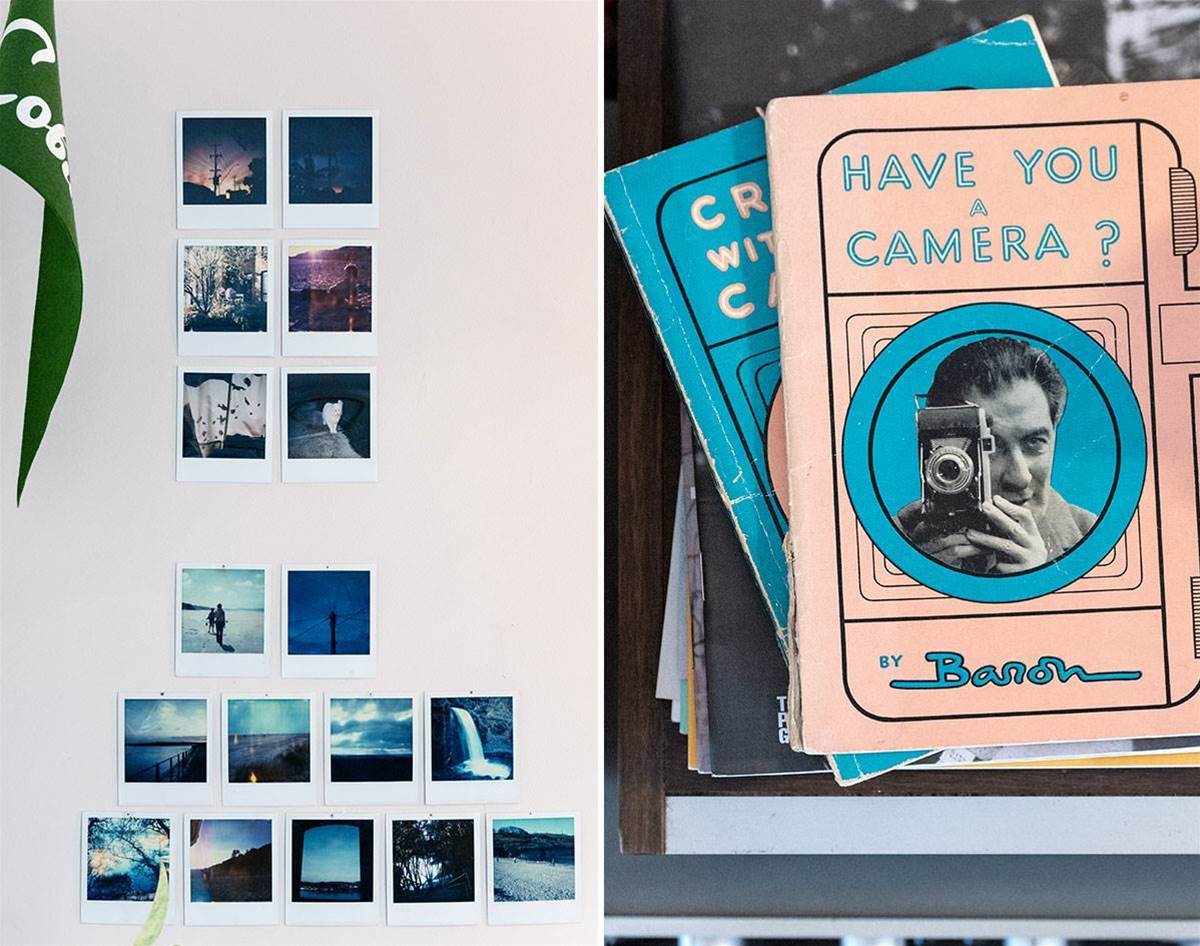 What drew you to photojournalism in particular? I’ve always found other people’s lives and stories compelling. Photojournalism is a way to create a dialogue and tell a story. I wouldn’t call myself a photojournalist, but I draw on those skills to tell stories in a more contemporary way.
What drew you to photojournalism in particular? I’ve always found other people’s lives and stories compelling. Photojournalism is a way to create a dialogue and tell a story. I wouldn’t call myself a photojournalist, but I draw on those skills to tell stories in a more contemporary way.
It took studying photojournalism and documentary photography to realise that I wasn’t always comfortable making work in a purely journalistic way. For me, working objectively isn't possible, so I work mainly in portraiture. There are three people in a photographic portrait: the sitter, the viewer and the creator. I think the most interesting documentary work takes this relationship on board and speaks to it.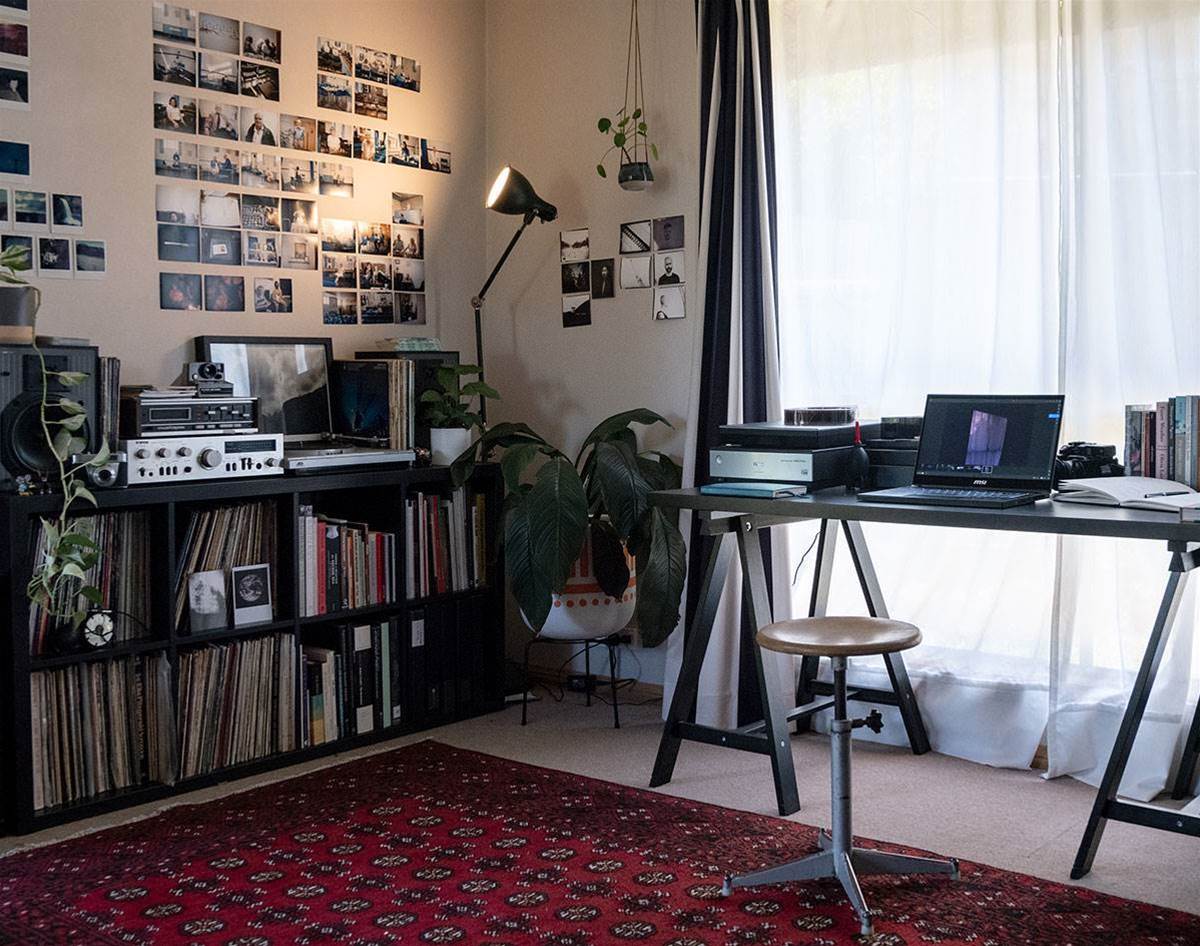 What’s your approach to photojournalism, and does it differ much from how you approach other work? My approach is usually the same. Whether it’s a portrait shoot where I’ve only got an hour or a long-term project, I’ll always do my research, put together a plan, and then spend more time chatting than taking photos. No matter how little time I’ve got, I think it’s always important to communicate with the person I'm photographing. Building trust and a relationship is integral to the whole process. I take photos because I love talking to people and learning about their lives, and sometimes the photo is just a by-product of that interaction.
What’s your approach to photojournalism, and does it differ much from how you approach other work? My approach is usually the same. Whether it’s a portrait shoot where I’ve only got an hour or a long-term project, I’ll always do my research, put together a plan, and then spend more time chatting than taking photos. No matter how little time I’ve got, I think it’s always important to communicate with the person I'm photographing. Building trust and a relationship is integral to the whole process. I take photos because I love talking to people and learning about their lives, and sometimes the photo is just a by-product of that interaction. 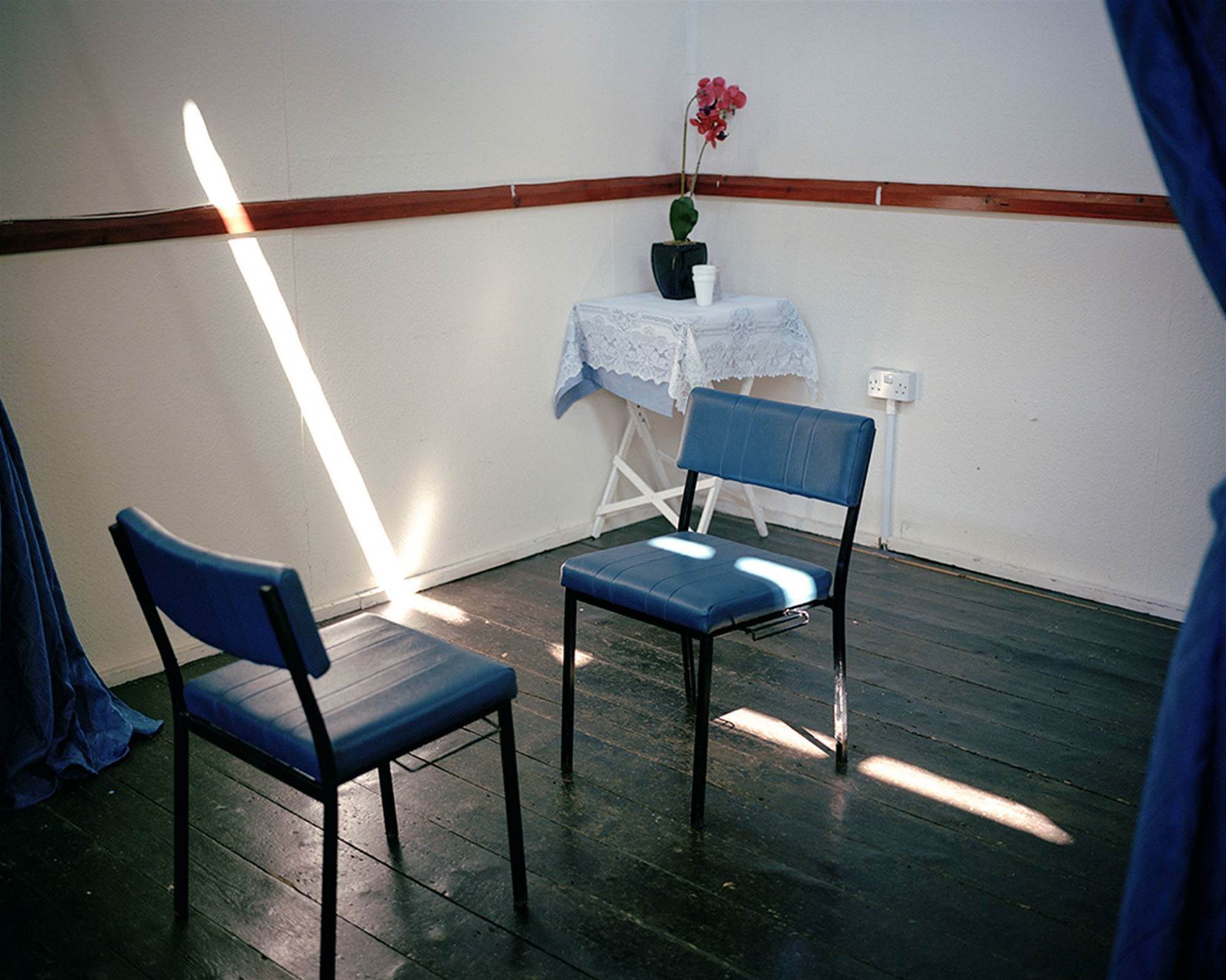
A shot from 'And in love, light and truth'
Tell us a bit about your ongoing series 'And in love, light and truth'. The project came from weeks of frantic research and random threads. I realised I’d started collecting these amazing leaflets advertising psychics and spiritual healers almost without thinking, and this led me to Spiritualism (Spiritualists believe in the continuation and survival of the soul after the death of the physical body). I started attending psychic circles (or séances) and talking to people. It wasn’t until a little while later that I decided to pursue it as a project.
To be honest, I freaked myself out a little, but before I knew it, I was spending almost every day at one of three Spiritualist churches in London for about four months. I took photos, recorded audio, drank a lot of tea and ate a lot of biscuits. I talked to people about their journey to Spiritualism, life after death and the spirit world. The work ended up as a three-screen immersive installation that replicated a psychic circle. 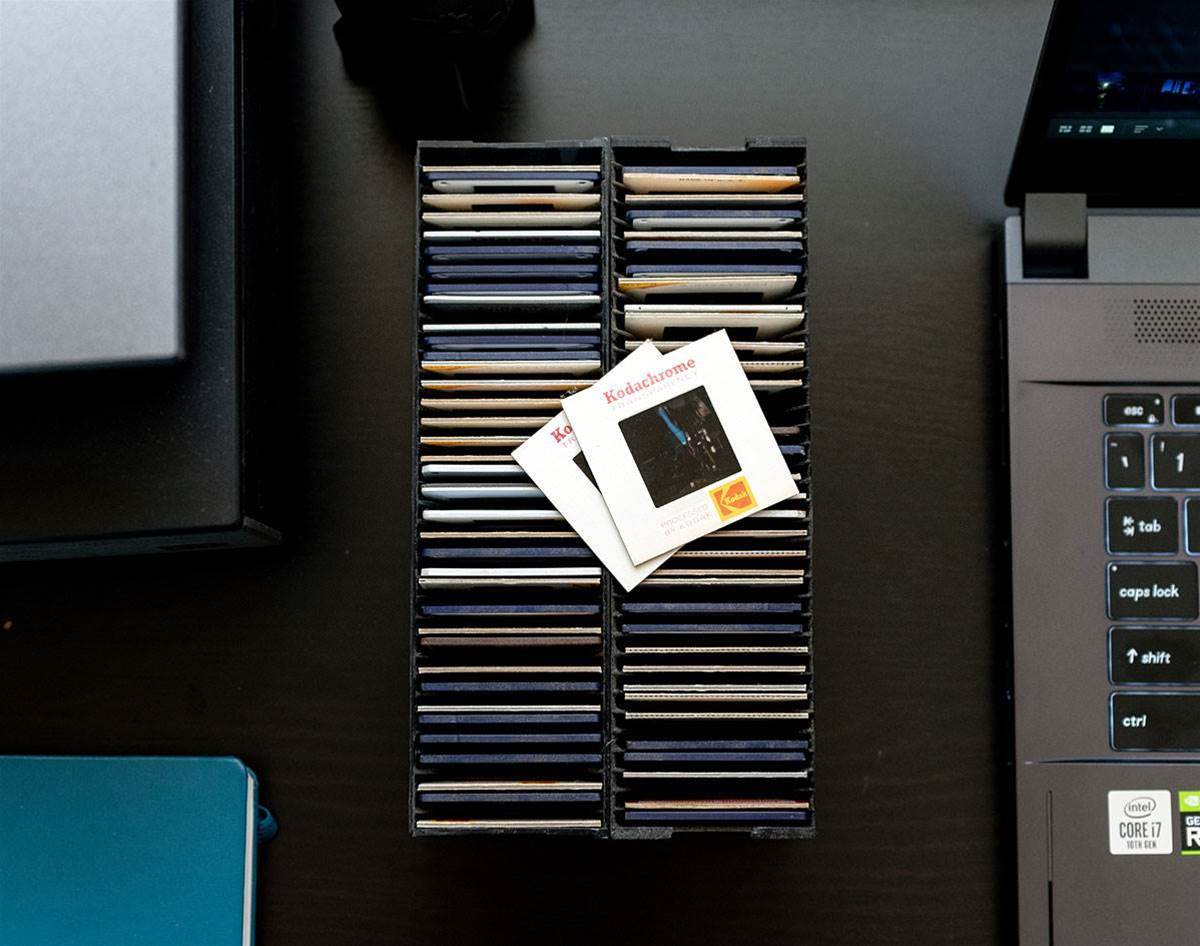 How do you balance jobs that pay the rent with personal projects? It’s a constantly shifting beast! I often feel guilty when my personal projects get pushed down the priority list, but I’m also a realist. I know that I work slowly; that I mull over ideas for a long time before there’s a sudden whirlwind of inspiration, motivation and activity. I try not to put myself under too much pressure to do absolutely everything all the time. For example, a few projects have been put on hold this year, but I’ve started a new teaching position, which I’m really enjoying. So I think I’ll always be pursuing that ever-mysterious balance.
How do you balance jobs that pay the rent with personal projects? It’s a constantly shifting beast! I often feel guilty when my personal projects get pushed down the priority list, but I’m also a realist. I know that I work slowly; that I mull over ideas for a long time before there’s a sudden whirlwind of inspiration, motivation and activity. I try not to put myself under too much pressure to do absolutely everything all the time. For example, a few projects have been put on hold this year, but I’ve started a new teaching position, which I’m really enjoying. So I think I’ll always be pursuing that ever-mysterious balance. 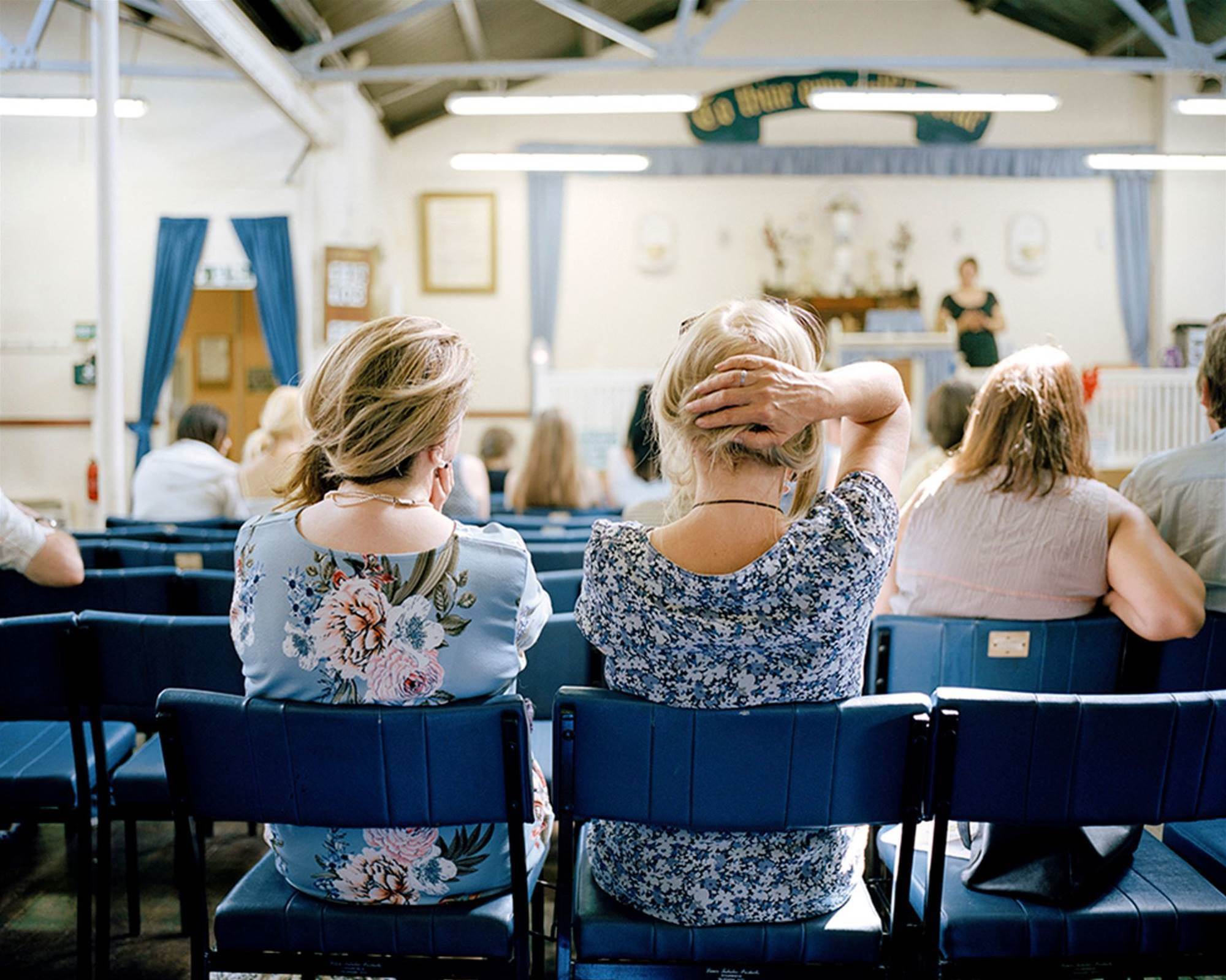 Another shot from 'And in love, light and truth'
Another shot from 'And in love, light and truth'
How did you find working on the MSI laptop? Working on the laptop was great. The screen was amazing for editing photos, and it was super-fast. I’ve recently started editing a lot of video, so having a speedy computer is pretty important. The laptop handled everything I threw at it really well and it would be great to take on a shoot as it doesn’t weigh much at all.
What do you love about what you do? I love that being a photographer means you end up in the most weird and wonderful situations. I’m not one to just walk up to a stranger and start a chat, but if I’ve got a camera in my hand, it gives me an excuse.
See more from Steph over here.
MSI's new Creator 15 laptop is designed for creative types like you. It's powerful, portable, has a touch screen, long battery life, and a handy Creator Center for all your daily multi-tasking. Sounds pretty rad to us! For more, head to au.msi.com.

